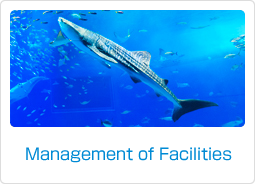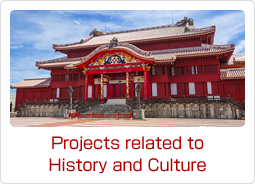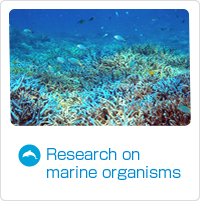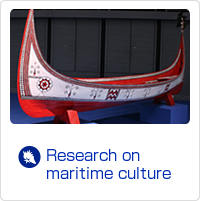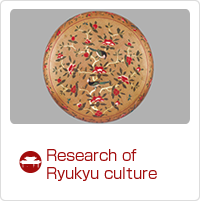- Home
- Okinawa Churashima Foundation Research Institute
- Studies of Marine Animals
- Research activity report
- Hard as steel! Understanding the microstructure of a coconut crab’s claw

Research on marine organisms
Hard as steel! Understanding the microstructure of a coconut crab’s claw
Coconut crabs are the world’s largest terrestrial crustaceans. Their claws can produce a pinching force nearly 100 times the crab’s weight. These extreme forces require the crab to have an exceptionally strong structure. The National Institute for Materials Science and the Okinawa Churashima Foundation collaborated to reveal the microstructures of a coconut crab’s claws using cutting-edge technology. The shell of the crab’s claw can be broadly divided into the exocuticle (outer layer) and endocuticle (inner layer). The exocuticle is as hard as steel. This exocuticle is a laminate of nearly 100 layers of thin calcified tissue. The layers are stacked at slightly different angles to increase the strength.
The endocuticle is a softer structure than the exocuticle, it acts like a cushion, and can absorbs the forces placed on the surface. The claw of a coconut crab, therefore, has a special combination of hardness and softness. The results of this research could be applied in various fields of materials science. These findings may help in the development of new strong lightweight materials.
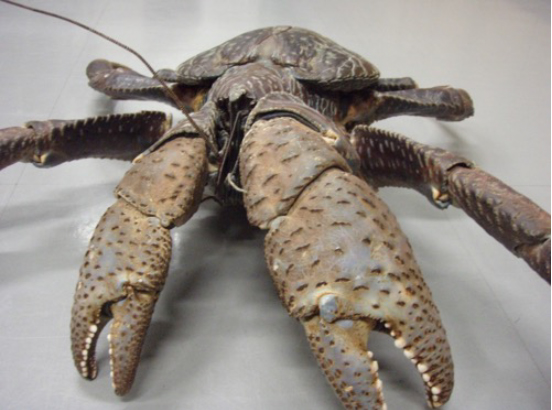
Authors
Tadanobu INOUE, Shin-ichiro OKA, Toru HARA
Title
Three-dimensional microstructure of robust claw of coconut crab, one of the largest terrestrial crustaceans
Journal
Materials & Design
Link
Copyright (c) 2015 Okinawa Churashima Foundation. All right reserved.













